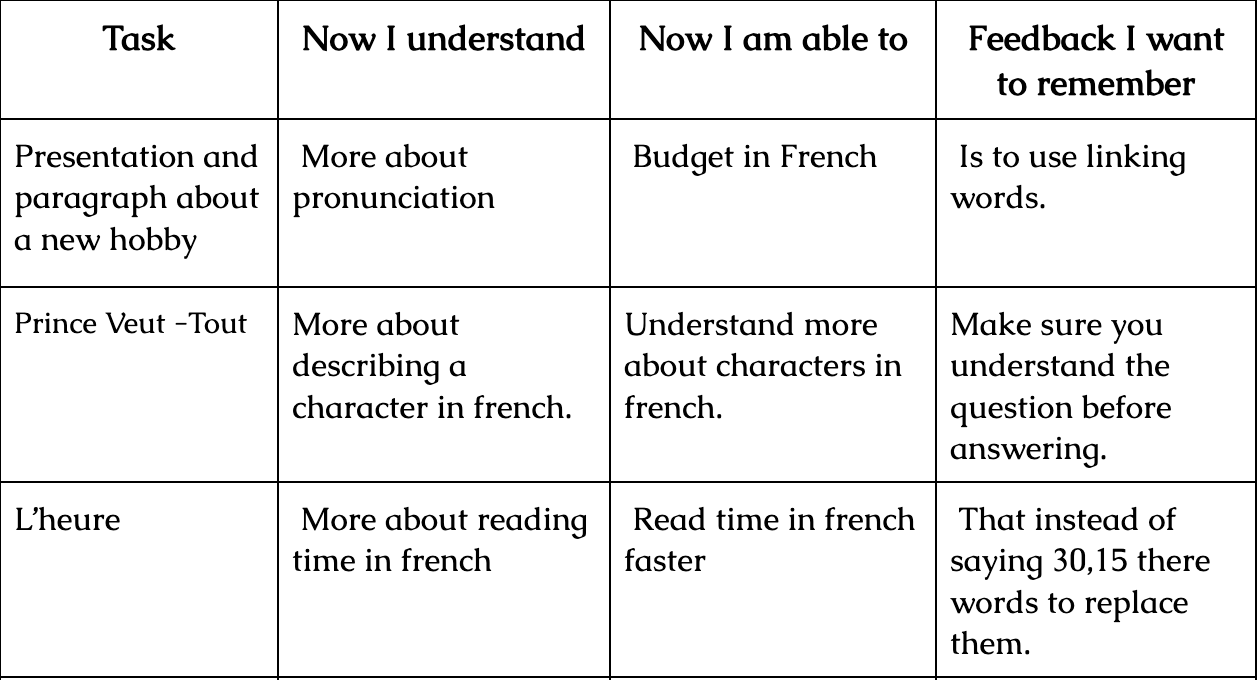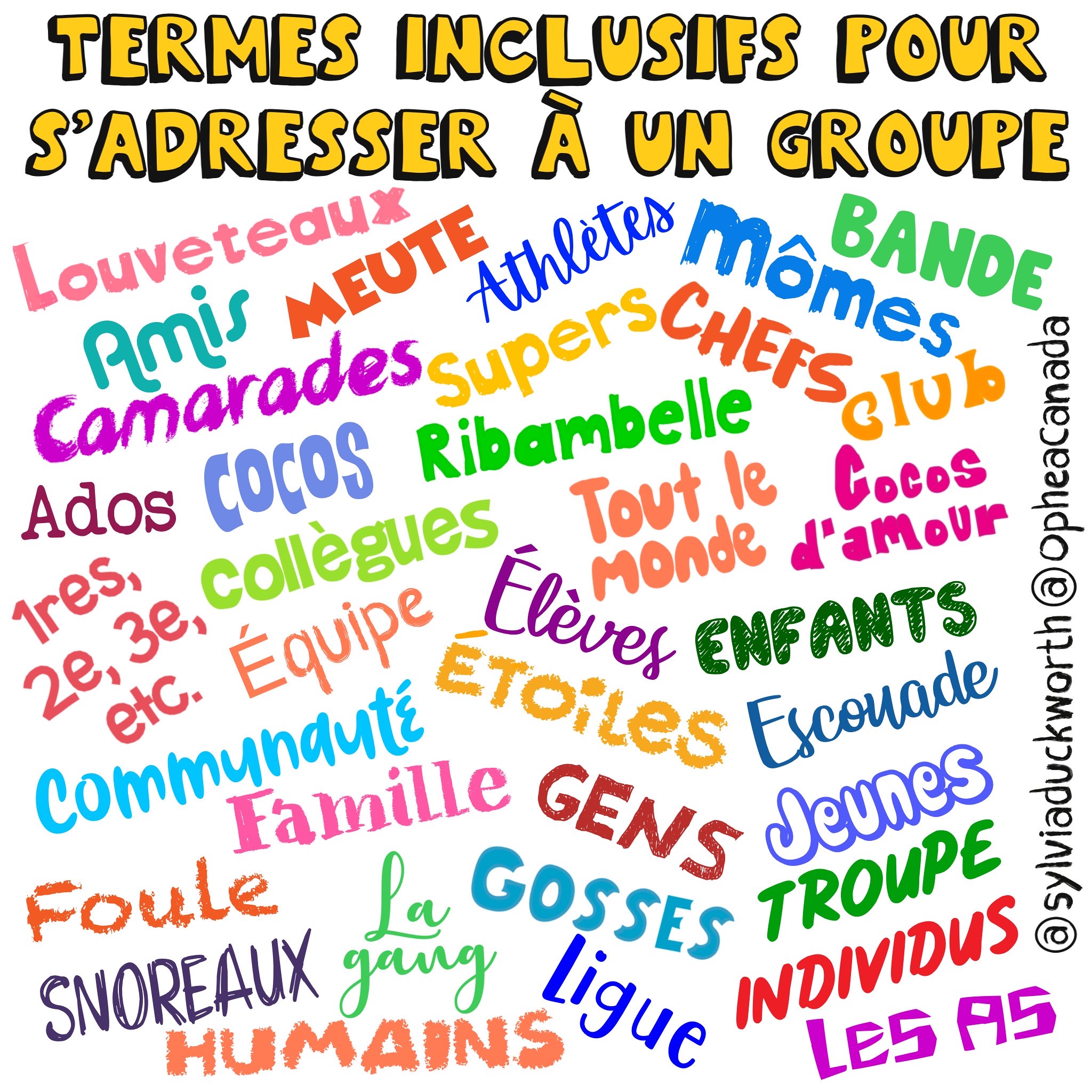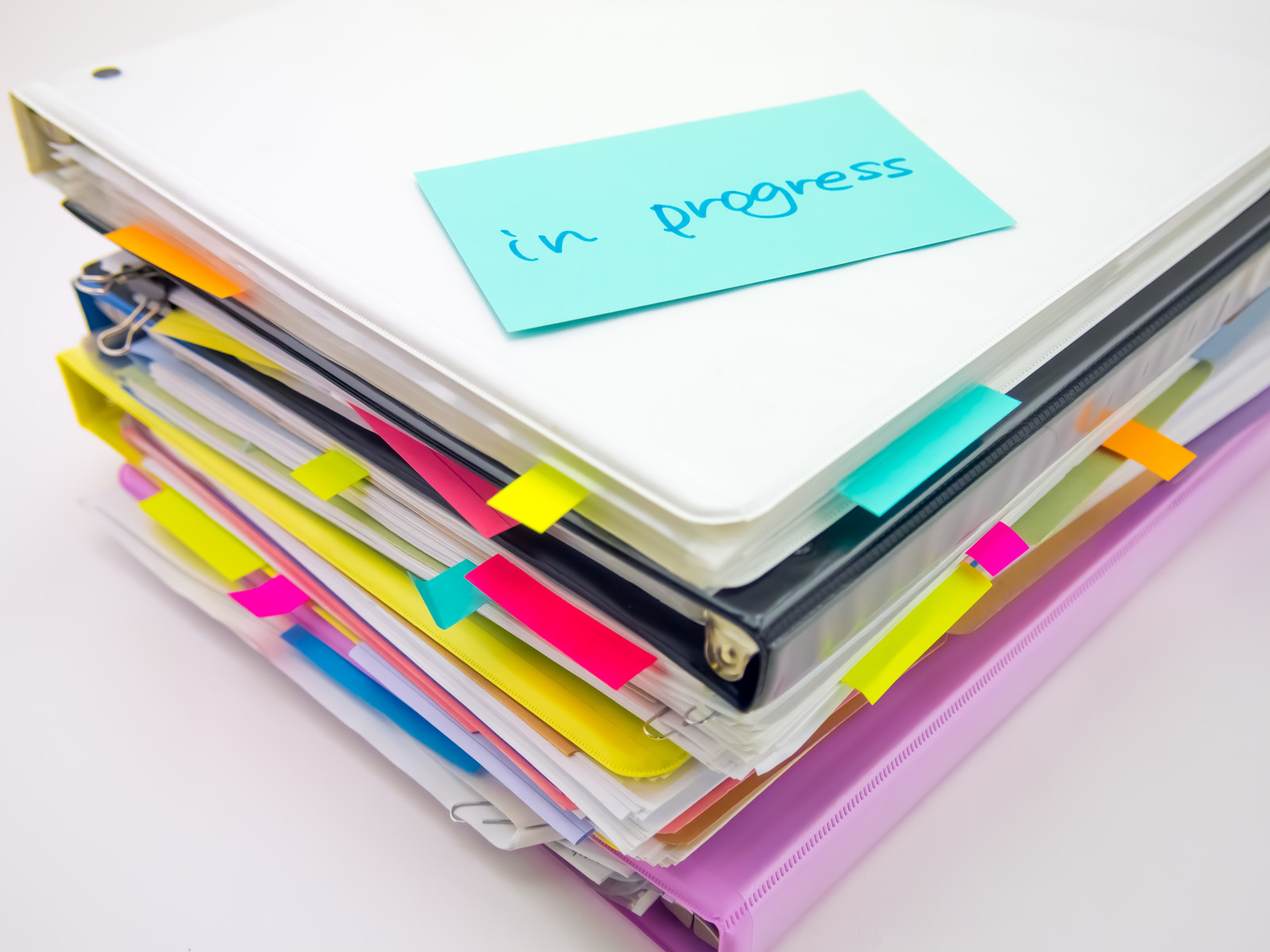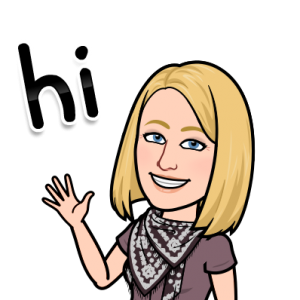Truth time – the outline for this post has been sitting in my drafts for months. I meant to publish it as a wrap up to the end of Cohort 21 last year, but here we are, rather as an introduction to this year.
Here are 5 things that were new to me and my French classroom last year. They were all well-received by my students and I’ve definitely kept them for our classes moving forward.
1. La question du jour
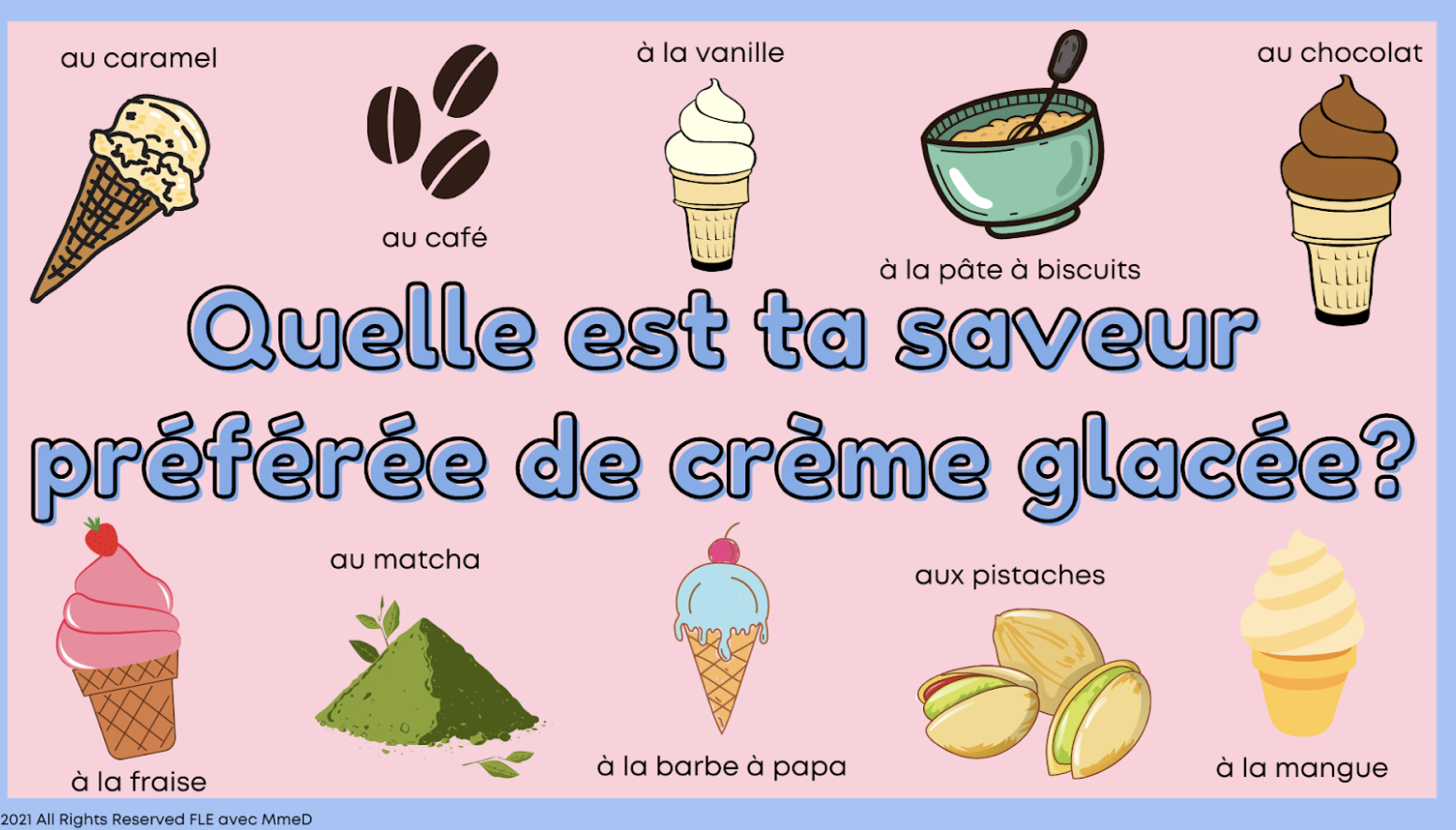
In the fall of 2021, the most important thing to me was getting my students speaking French in class. Oral communication was a top priority. This began our new classroom routine, la question du jour. With my Grade 8 core students, every day we began with a question. I use this slide deck From FLE avec MmeD. She also has a free version if you want to give this routine a test run. Early on, I’d have a few participants, but as the year progressed, every student was sharing their voice. When we ran out of questions, we then made up our own!
2. Le plan du jour

Another find from FLE avec MmeD was the idea of a Plan du jour. As I think about how I can reduce the cognitive load of my students (and myself), this has been an invaluable addition to my classroom routines. Each class, we begin by reviewing the plan du jour. Students see the objective, the homework, and the lesson for the day. They can get excited (or not 😂) about what we have planned for the day, plus I can embed all of my links for the lesson. I can also share this with students who are absent and want to keep up with our lesson for the day.
3. Manie Musicale
I have always loved sharing my love of French music with my students. We’ve had fun discussing our favourites and signing together in class. Last year, our middle school officially participated in Manie Musicale for the first time, and it was absolutely a highlight of the year. We voted, along with 3000 other schools from around the world, on our favourite francophone music videos from the past year. We learned about a wide variety of French singers from all corners of the globe, expanding their understanding of francophone communities and diving into the meaning of some of the lyrics. Mostly, we loved sharing our opinions and cheering together when our favourite songs won. The sense of belonging and togetherness in our classroom was stronger than ever.
4. A Circle of Care
It is not uncommon in French classes to have opportunities to talk about our families. In a course on social justice within the language classroom that I took from ACTFL, I was asked to consider shifting from talking about “families” to having students talk about their “circle of care”. It actually opened the door to so many more possibilities. Rather than having students thing about their families in terms of a traditional family tree, which isn’t inclusive for all, or can frankly be painful for students from broken homes, having students think about the people who care for and love them allowed them to talk about friends, coaches, family friends, pets, teachers, and more. Here are the resources in English and in French.
5. Exploring LGBTQ+-friendly language classrooms
This was the primary focus of my professional development learning last year, and if you’re interested in learning more about gender-inclusive ideas for the FSL classroom, here is my blog post on it.
So, what’s next?
I’m still very interested in incorporating the Social Justice Standards from Learning for Justice into my classroom when possible. What I am also quite curious about is the book Common Ground: Second Language Acquisition Theory Goes Into the Classroom by Florencia G. Henshaw and Maris D. Hawkins.
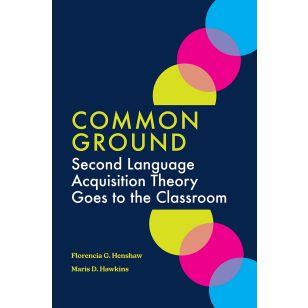
This book has been heavily praised on Twitter in the #langchat circles, and I’ve slowly started reading it. I want to take my time with it. Try out the different ideas, see what meshes well with our middle school program, identify the areas for growth, weed the garden, and incorporate what helps my students continue to develop their confidence and communication in French.
I’m trying this idea tomorrow!
Jenn
